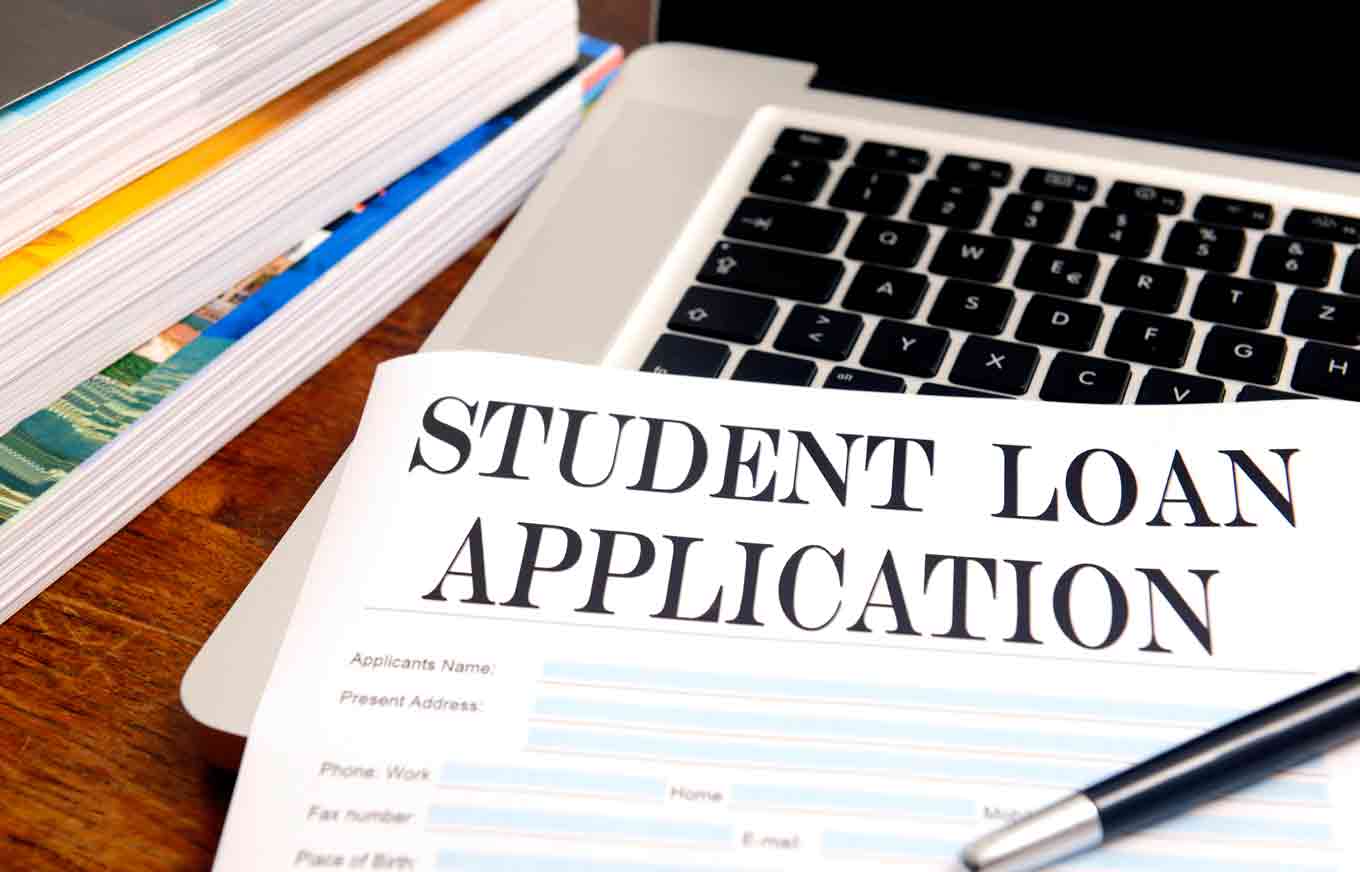 More than 7 million students will see interest rates on their student loans double from 3.4 to 6.8 percent on Monday, after the failure of Congress to pass legislation to prevent the automatic rate hike that they successfully deferred for a year last summer.
More than 7 million students will see interest rates on their student loans double from 3.4 to 6.8 percent on Monday, after the failure of Congress to pass legislation to prevent the automatic rate hike that they successfully deferred for a year last summer.
Despite the introduction of several bills to serve as a solution, lawmakers will leave for the week-long July 4 recess without implementing any of them, letting the July 1 deadline pass. Any students taking or renewing federal subsidized Stafford loans after that deadline can expect to pay, for example, an additional $3,000 on a $23,000 loan paid off over 10 years.
House Republicans passed the Smarter Solutions for Students Act on May 23, a measure that ties student loan interest rates to market-based rates. This plan would have reset student loan rates every year depending on the rate on U.S. Treasuries, which Senate Democrats claimed was too uncertain and with a cap of 8.5 percent, could push rates even higher than 6.8 percent.
Mitchell Weiss, a student debt expert and contributor to Credit.com, has been following the issue closely.
“The increase impacts the subsidized Stafford rates, which will now double to 6.8% — equal to that of the unsubsidized Stafford loans,” Weiss says. “Although the population of subsidized borrowers is smaller and the House can certainly act to remedy the situation retroactively, I’m actually more concerned about the series of House and Senate proposals that would index all student loan interest to the wrong Treasury note while subjecting the ensuing rate to an unreasonably high mark-up that’s intended to cover administrative costs that have yet to be vetted.”
Other Plans for Student Loan Rates
President Obama called for a similar plan to the Smarter Solutions Act in his budget proposal in April, tying interest rates to yields on 10-year Treasuries, plus 0.93 percent for low-income students, 2.93 percent for other undergraduates, and 3.93 percent for graduate students and parent PLUS loans. Though both proposals promise lower interest linked to current market rates, many warn that families will pay more in the long run due to market fluctuations.
In contrast, Senators Kay Hagan (D-N.C.) and Jack Reed (D-R.I.) introduced an alternative that extends the current 3.4% rate for one year, offsetting this cost by closing tax loopholes on both inherited retirement funds and oil companies. A similar bill proposing a two-year delay failed under a Senate Republican filibuster earlier this month.
An additional, bipartisan deal introduced Thursday by Senators Joe Manchin (D-W.V.), Richard Burr (R-N.C.) and four others proposed setting interest rates at the Treasury 10-year note plus 1.85 percent. Under this plan, graduate loans would be market rates plus 3.4 percent, and parent PLUS interest at market rates plus 4.4 percent, with all loans at interest rates fixed for the life of the loan.
The Senate will vote upon reconvening on July 10, and can change student loan rates retroactively depending on their final agreement.
Image: iStockphoto
You Might Also Like
August 26, 2020
Student Loans
August 4, 2020
Student Loans
July 31, 2020
Student Loans






